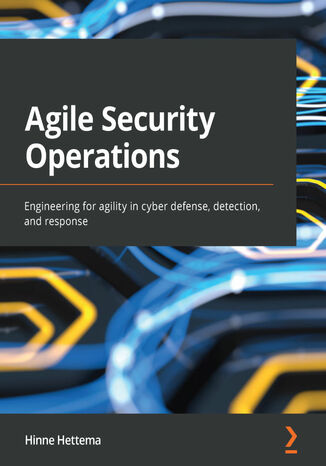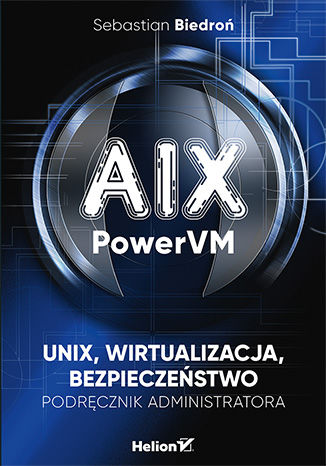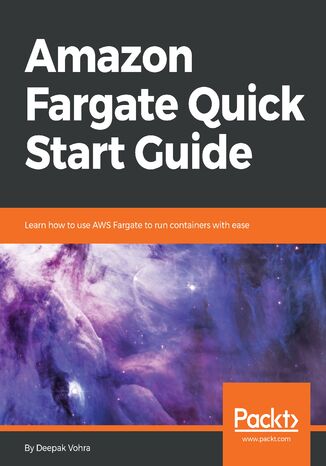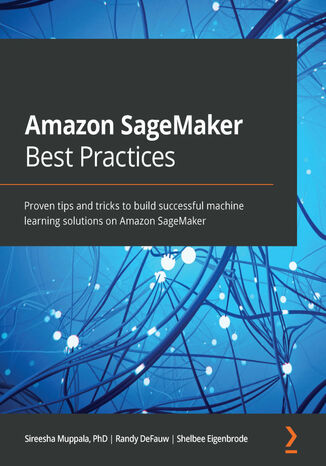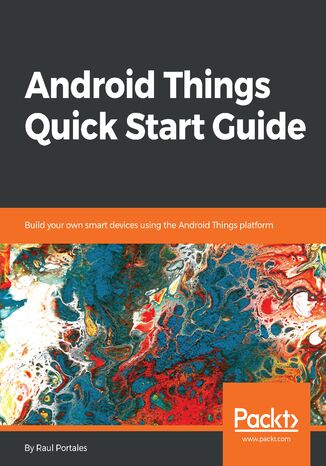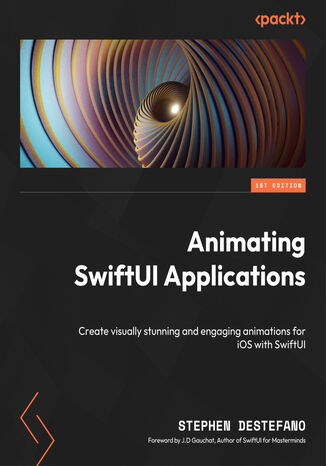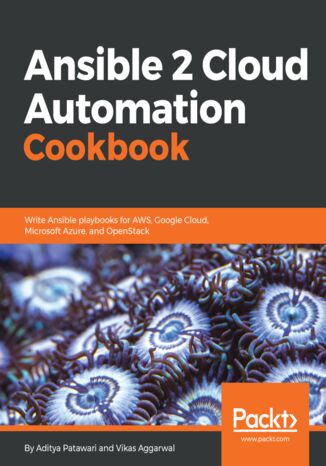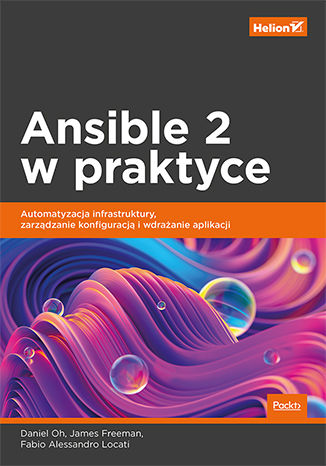Categories
Ebooks
-
Business and economy
- Bitcoin
- Businesswoman
- Coaching
- Controlling
- E-business
- Economy
- Finances
- Stocks and investments
- Personal competence
- Computer in the office
- Communication and negotiation
- Small company
- Marketing
- Motivation
- Multimedia trainings
- Real estate
- Persuasion and NLP
- Taxes
- Social policy
- Guides
- Presentations
- Leadership
- Public Relation
- Reports, analyses
- Secret
- Social Media
- Sales
- Start-up
- Your career
- Management
- Project management
- Human Resources
-
For children
-
For youth
-
Education
-
Encyclopedias, dictionaries
-
E-press
- Architektura i wnętrza
- Health and Safety
- Biznes i Ekonomia
- Home and garden
- E-business
- Ekonomia i finanse
- Esoterecism
- Finances
- Personal finance
- Business
- Photography
- Computer science
- HR & Payroll
- For women
- Computers, Excel
- Accounts
- Culture and literature
- Scientific and academic
- Environmental protection
- Opinion-forming
- Education
- Taxes
- Travelling
- Psychology
- Religion
- Agriculture
- Book and press market
- Transport and Spedition
- Healthand beauty
-
History
-
Computer science
- Office applications
- Data bases
- Bioinformatics
- IT business
- CAD/CAM
- Digital Lifestyle
- DTP
- Electronics
- Digital photography
- Computer graphics
- Games
- Hacking
- Hardware
- IT w ekonomii
- Scientific software package
- School textbooks
- Computer basics
- Programming
- Mobile programming
- Internet servers
- Computer networks
- Start-up
- Operational systems
- Artificial intelligence
- Technology for children
- Webmastering
-
Other
-
Foreign languages
-
Culture and art
-
School reading books
-
Literature
- Antology
- Ballade
- Biographies and autobiographies
- For adults
- Dramas
- Diaries, memoirs, letters
- Epic, epopee
- Essay
- Fantasy and science fiction
- Feuilletons
- Work of fiction
- Humour and satire
- Other
- Classical
- Crime fiction
- Non-fiction
- Fiction
- Mity i legendy
- Nobelists
- Novellas
- Moral
- Okultyzm i magia
- Short stories
- Memoirs
- Travelling
- Narrative poetry
- Poetry
- Politics
- Popular science
- Novel
- Historical novel
- Prose
- Adventure
- Journalism, publicism
- Reportage novels
- Romans i literatura obyczajowa
- Sensational
- Thriller, Horror
- Interviews and memoirs
-
Natural sciences
-
Social sciences
-
School textbooks
-
Popular science and academic
- Archeology
- Bibliotekoznawstwo
- Cinema studies
- Philology
- Polish philology
- Philosophy
- Finanse i bankowość
- Geography
- Economy
- Trade. World economy
- History and archeology
- History of art and architecture
- Cultural studies
- Linguistics
- Literary studies
- Logistics
- Maths
- Medicine
- Humanities
- Pedagogy
- Educational aids
- Popular science
- Other
- Psychology
- Sociology
- Theatre studies
- Theology
- Economic theories and teachings
- Transport i spedycja
- Physical education
- Zarządzanie i marketing
-
Guides
-
Game guides
-
Professional and specialist guides
-
Law
- Health and Safety
- History
- Road Code. Driving license
- Law studies
- Healthcare
- General. Compendium of knowledge
- Academic textbooks
- Other
- Construction and local law
- Civil law
- Financial law
- Economic law
- Economic and trade law
- Criminal law
- Criminal law. Criminal offenses. Criminology
- International law
- International law
- Health care law
- Educational law
- Tax law
- Labor and social security law
- Public, constitutional and administrative law
- Family and Guardianship Code
- agricultural law
- Social law, labour law
- European Union law
- Industry
- Agricultural and environmental
- Dictionaries and encyclopedia
- Public procurement
- Management
-
Tourist guides and travel
- Africa
- Albums
- Southern America
- North and Central America
- Australia, New Zealand, Oceania
- Austria
- Asia
- Balkans
- Middle East
- Bulgary
- China
- Croatia
- The Czech Republic
- Denmark
- Egipt
- Estonia
- Europe
- France
- Mountains
- Greece
- Spain
- Holand
- Iceland
- Lithuania
- Latvia
- Mapy, Plany miast, Atlasy
- Mini travel guides
- Germany
- Norway
- Active travelling
- Poland
- Portugal
- Other
- Przewodniki po hotelach i restauracjach
- Russia
- Romania
- Slovakia
- Slovenia
- Switzerland
- Sweden
- World
- Turkey
- Ukraine
- Hungary
- Great Britain
- Italy
-
Psychology
- Philosophy of life
- Kompetencje psychospołeczne
- Interpersonal communication
- Mindfulness
- General
- Persuasion and NLP
- Academic psychology
- Psychology of soul and mind
- Work psychology
- Relacje i związki
- Parenting and children psychology
- Problem solving
- Intellectual growth
- Secret
- Sexapeal
- Seduction
- Appearance and image
- Philosophy of life
-
Religion
-
Sport, fitness, diets
-
Technology and mechanics
Audiobooks
-
Business and economy
- Bitcoin
- Businesswoman
- Coaching
- Controlling
- E-business
- Economy
- Finances
- Stocks and investments
- Personal competence
- Communication and negotiation
- Small company
- Marketing
- Motivation
- Real estate
- Persuasion and NLP
- Taxes
- Social policy
- Guides
- Presentations
- Leadership
- Public Relation
- Secret
- Social Media
- Sales
- Start-up
- Your career
- Management
- Project management
- Human Resources
-
For children
-
For youth
-
Education
-
Encyclopedias, dictionaries
-
E-press
-
History
-
Computer science
-
Other
-
Foreign languages
-
Culture and art
-
School reading books
-
Literature
- Antology
- Ballade
- Biographies and autobiographies
- For adults
- Dramas
- Diaries, memoirs, letters
- Epic, epopee
- Essay
- Fantasy and science fiction
- Feuilletons
- Work of fiction
- Humour and satire
- Other
- Classical
- Crime fiction
- Non-fiction
- Fiction
- Mity i legendy
- Nobelists
- Novellas
- Moral
- Okultyzm i magia
- Short stories
- Memoirs
- Travelling
- Poetry
- Politics
- Popular science
- Novel
- Historical novel
- Prose
- Adventure
- Journalism, publicism
- Reportage novels
- Romans i literatura obyczajowa
- Sensational
- Thriller, Horror
- Interviews and memoirs
-
Natural sciences
-
Social sciences
-
Popular science and academic
-
Guides
-
Professional and specialist guides
-
Law
-
Tourist guides and travel
-
Psychology
- Philosophy of life
- Interpersonal communication
- Mindfulness
- General
- Persuasion and NLP
- Academic psychology
- Psychology of soul and mind
- Work psychology
- Relacje i związki
- Parenting and children psychology
- Problem solving
- Intellectual growth
- Secret
- Sexapeal
- Seduction
- Appearance and image
- Philosophy of life
-
Religion
-
Sport, fitness, diets
-
Technology and mechanics
Videocourses
-
Data bases
-
Big Data
-
Biznes, ekonomia i marketing
-
Cybersecurity
-
Data Science
-
DevOps
-
For children
-
Electronics
-
Graphics/Video/CAX
-
Games
-
Microsoft Office
-
Development tools
-
Programming
-
Personal growth
-
Computer networks
-
Operational systems
-
Software testing
-
Mobile devices
-
UX/UI
-
Web development
-
Management
Podcasts
- Ebooks
- Computer science
- Operational systems
Operational systems
In this category of our online library you will find books on operating systems. Some of them are introductions to software such as Windows, Linux or Android. Others dive into more technical issues regarding the configuration of these systems and the tools used on them, such as Ansible.
Agile Security Operations. Engineering for agility in cyber defense, detection, and response
Agile security operations allow organizations to survive cybersecurity incidents, deliver key insights into the security posture of an organization, and operate security as an integral part of development and operations. It is, deep down, how security has always operated at its best.Agile Security Operations will teach you how to implement and operate an agile security operations model in your organization. The book focuses on the culture, staffing, technology, strategy, and tactical aspects of security operations. You'll learn how to establish and build a team and transform your existing team into one that can execute agile security operations. As you progress through the chapters, you’ll be able to improve your understanding of some of the key concepts of security, align operations with the rest of the business, streamline your operations, learn how to report to senior levels in the organization, and acquire funding.By the end of this Agile book, you'll be ready to start implementing agile security operations, using the book as a handy reference.
AIX, PowerVM - UNIX, wirtualizacja, bezpieczeństwo. Podręcznik administratora
Poznaj system AIX z bliska! Systemy operacyjne z rodziny UNIX znane są z wysokiej niezawodności i wydajności. Właśnie z tego powodu w wielu firmach są one wykorzystywane do zarządzania serwerami kluczowych aplikacji. Jednym z systemów należących do tej grupy jest AIX, który zyskał popularność dzięki bardzo dużym możliwościom wirtualizacji i konfiguracji zabezpieczeń spełniających nawet najsurowsze wymogi bezpieczeństwa. Z niniejszej książki dowiesz się, jak działa ten system operacyjny i jak z nim pracować jako administrator. Nauczysz się wykorzystywać przy tym najlepsze praktyki w branży. Poznasz sposób działania rozwiązania PowerVM, które jest jednym z najbardziej elastycznych, a jednocześnie najbardziej niezawodnych rozwiązań wirtualizacyjnych. Dowiesz się też, jak w praktyce wykorzystać liczne możliwości zapewnienia bezpieczeństwa systemu operacyjnego i aplikacji działających pod jego kontrolą. Platforma IBM Power Podstawy systemu AIX Wirtualizacja elementów systemu Instalacja i utrzymanie systemu Zarządzanie użytkownikami, dyskami i systemem plików Tworzenie kopii bezpieczeństwa i diagnostyka systemu Zarządzanie siecią, bezpieczeństwem i wydajnością Zostań administratorem serwerów Power!
Amazon Fargate Quick Start Guide. Learn how to use AWS Fargate to run containers with ease
Amazon Fargate is new launch type for the Amazon Elastic Container Service (ECS). ECS is an AWS service for Docker container orchestration. Docker is the de facto containerization framework and has revolutionized packaging and deployment of software. The introduction of Fargate has made the ECS platform serverless.The book takes you through how Amazon Fargate runs ECS services composed of tasks and Docker containers and exposes the containers to the user. Fargate has simplified the ECS platform. We will learn how Fargate creates an Elastic Network Interface (ENI) for each task and how auto scaling can be enabled for ECS tasks. You will also learn about using an IAM policy to download Docker images and send logs to CloudWatch. Finally, by the end of this book, you will have learned about how to use ECS CLI to create an ECS cluster and deploy tasks with Docker Compose.
Sireesha Muppala, Randy DeFauw, Shelbee Eigenbrode
Amazon SageMaker is a fully managed AWS service that provides the ability to build, train, deploy, and monitor machine learning models. The book begins with a high-level overview of Amazon SageMaker capabilities that map to the various phases of the machine learning process to help set the right foundation. You'll learn efficient tactics to address data science challenges such as processing data at scale, data preparation, connecting to big data pipelines, identifying data bias, running A/B tests, and model explainability using Amazon SageMaker. As you advance, you'll understand how you can tackle the challenge of training at scale, including how to use large data sets while saving costs, monitoring training resources to identify bottlenecks, speeding up long training jobs, and tracking multiple models trained for a common goal. Moving ahead, you'll find out how you can integrate Amazon SageMaker with other AWS to build reliable, cost-optimized, and automated machine learning applications. In addition to this, you'll build ML pipelines integrated with MLOps principles and apply best practices to build secure and performant solutions.By the end of the book, you'll confidently be able to apply Amazon SageMaker's wide range of capabilities to the full spectrum of machine learning workflows.
Android Things Quick Start Guide. Build your own smart devices using the Android Things platform
Android Things is the IoT platform made by Google, based on Android. It allows us to build smart devices in a simple and convenient way, leveraging on the Android ecosystem tools and libraries, while letting Google take care of security updates.This book takes you through the basics of IoT and smart devices. It will help you to interact with common IoT device components and learn the underlying protocols. For a simple setup, we will be using Rainbow HAT so that we don't need to do any wiring.In the first chapter, you will learn about the Android Things platform, the design concepts behind it, and how it relates to other IoT frameworks. We will look at the Developer Kits and learn how to install Android Things on them by creating a simple project.Later, we will explore the real power of Android Things, learning how to make a UI, designing and communicating with companion apps in different ways, showcasing a few libraries. We will demonstrate libraries and you will see how powerful the Android Things operating system is.
Stephen DeStefano, J.D. Gauchat
Swift and SwiftUI are the backbone of Apple application development, making them a crucial skill set to learn. Animating SwiftUI Applications focuses on the creation of stunning animations, making you proficient in this declarative language and employing a minimal code approach.In this book, you'll start by exploring the fundamentals of SwiftUI and animation, before jumping into various projects that will cement these skills in practice. You will explore some simple projects, like animating circles, creating color spectrums with hueRotation, animating individual parts of an image, as well as combining multiple views together to produce dynamic creations. The book will then transition into more advanced animation projects that employ the GeometryReader, which helps align your animations across different devices, as well as creating word and color games. Finally, you will learn how to integrate the SpriteKit framework into our SwiftUI code to create scenes with wind, fire, rain, and or snow scene, along with adding physics, gravity, collisions, and particle emitters to your animations.By the end of this book, you’ll have created a number of different animation projects, and will have gained a deep understanding of SwiftUI that can be used for your own creations.
Aditya Patawari, Vikas Aggarwal
Ansible has a large collection of inbuilt modules to manage various cloud resources. The book begins with the concepts needed to safeguard your credentials and explain how you interact with cloud providers to manage resources. Each chapter begins with an introduction and prerequisites to use the right modules to manage a given cloud provider. Learn about Amazon Web Services, Google Cloud, Microsoft Azure, and other providers. Each chapter shows you how to create basic computing resources, which you can then use to deploy an application. Finally, you will be able to deploy a sample application to demonstrate various usage patterns and utilities of resources.
Ansible 2 w praktyce. Automatyzacja infrastruktury, zarządzanie konfiguracją i wdrażanie aplikacji
Daniel Oh, James Freeman, Fabio Alessandro Locati
Framework Ansible jest potężnym narzędziem służącym do automatyzacji wdrożeń oprogramowania i zarządzania jego konfiguracjami. Oferuje proste i bardzo przydatne funkcje przeznaczone do automatyzacji wielowarstwowych środowisk za pomocą komunikacji niewymagającej agenta. Przydaje się także do obsługi ciągłej integracji i wdrażania oprogramowania (CI/CD) bez żadnego przestoju. Może służyć do różnych celów: przygotowania infrastruktury jako kodu, wdrożeń aplikacji czy automatyzacji codziennych, czasochłonnych zadań. Ta książka jest przeznaczona dla osób zajmujących się automatyzacją - od żmudnych codziennych zadań po złożone wdrożenia infrastruktury jako kodu. Ten praktyczny przewodnik pozwoli na sprawne rozpoczęcie korzystania z frameworka Ansible 2.9. Na początku pokazano, jak go zainstalować i skonfigurować, później zaprezentowano proste, jednowierszowe polecenia automatyzacji, aby stopniowo wprowadzać czytelników do tworzenia własnego kodu rozszerzającego możliwości Ansible, a nawet automatyzującego infrastrukturę chmury i kontenerów. Znalazło się tu mnóstwo praktycznych przykładów kodu, a zdobyte umiejętności pozwolą na korzystanie z Ansible w sposób skalowalny, powtarzalny i niezawodny. W książce: podstawy pracy z frameworkiem Ansible konfiguracja zależności i zmiennych bazujących na rolach unikanie najczęściej popełnianych błędów podczas tworzenia kodu w Ansible tworzenie modułów i wtyczek dla Ansible rozwiązywanie problemów podczas wykonywania scenariuszy Ansible Żmudne i nudne? Ansible wykona to za Ciebie!

